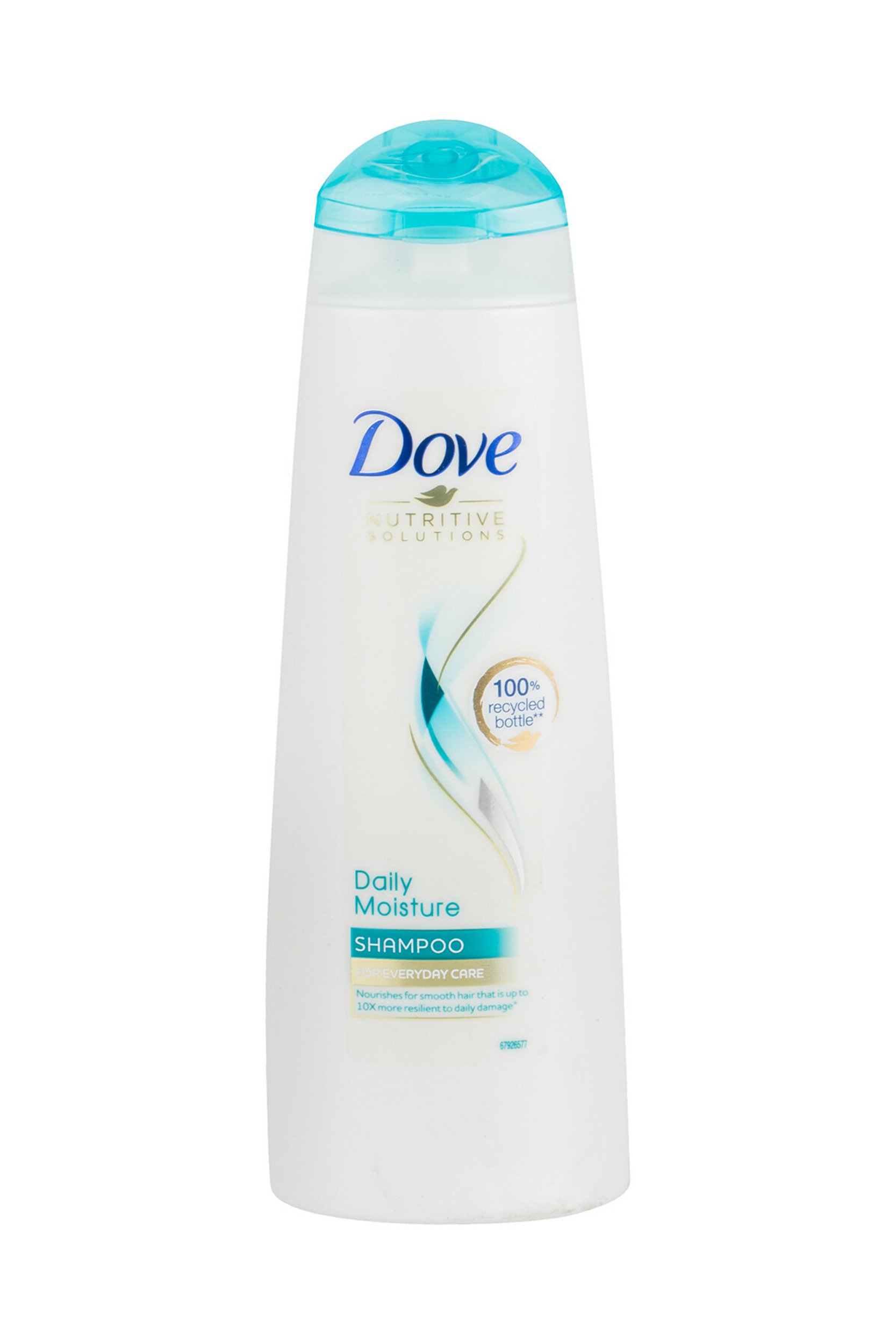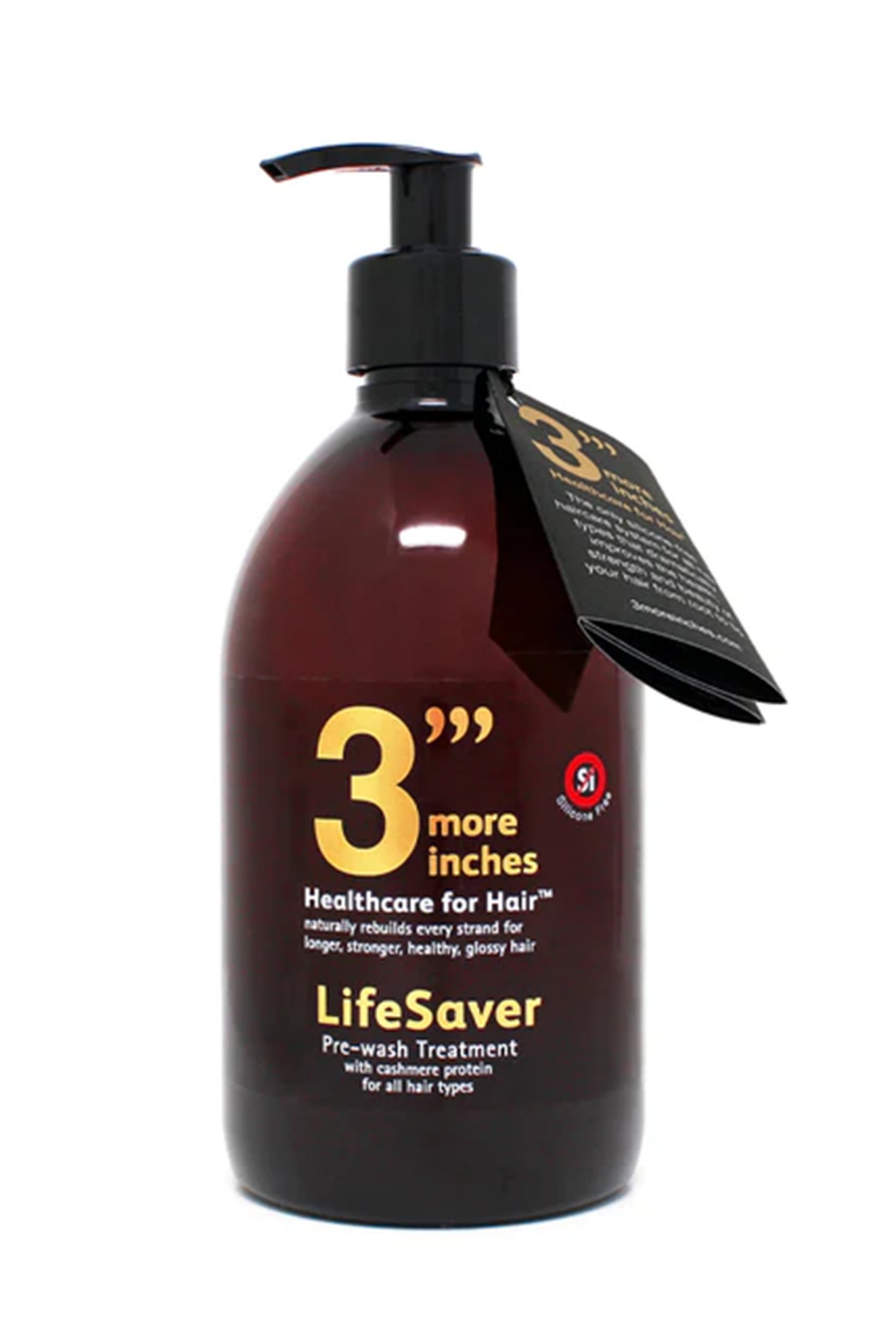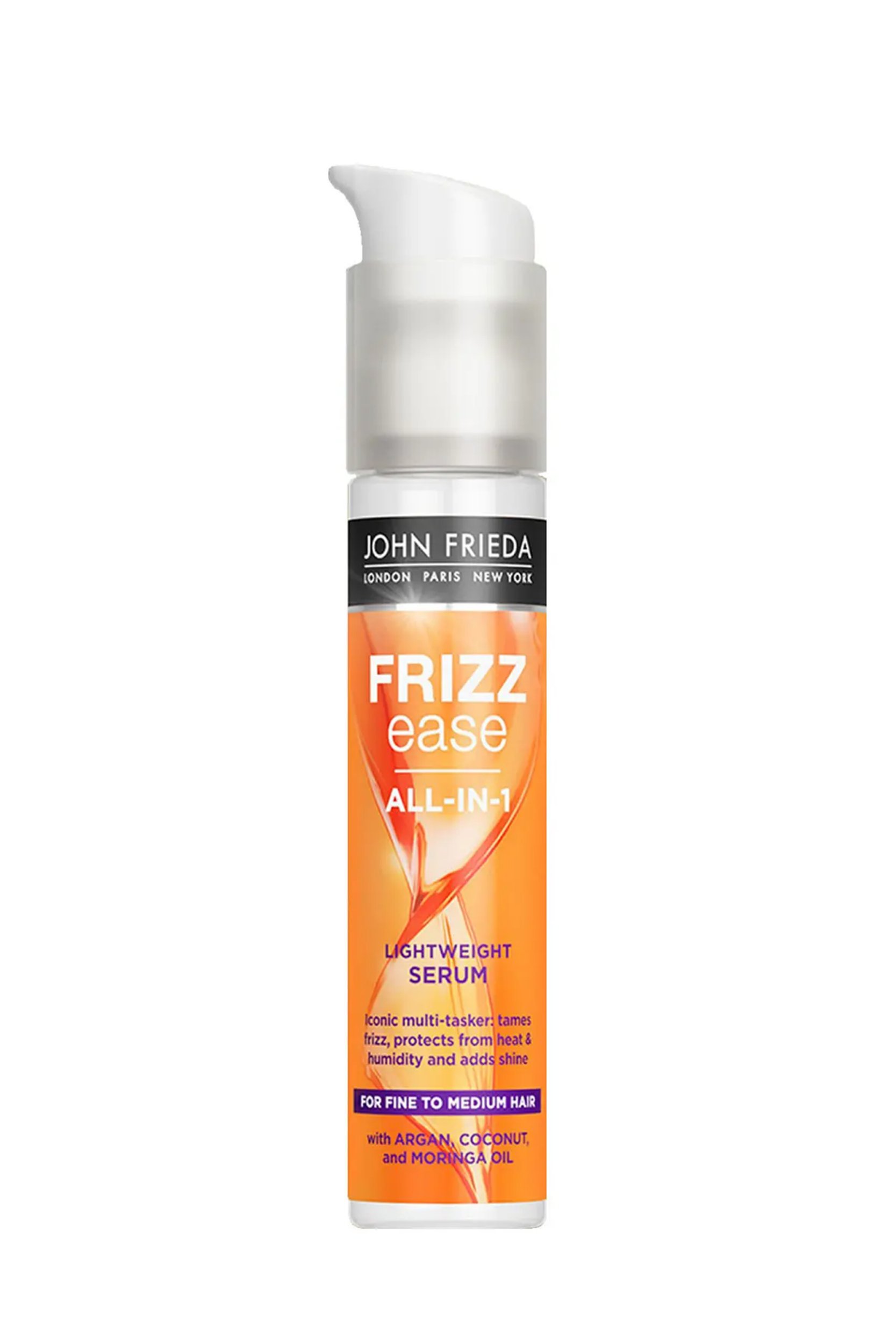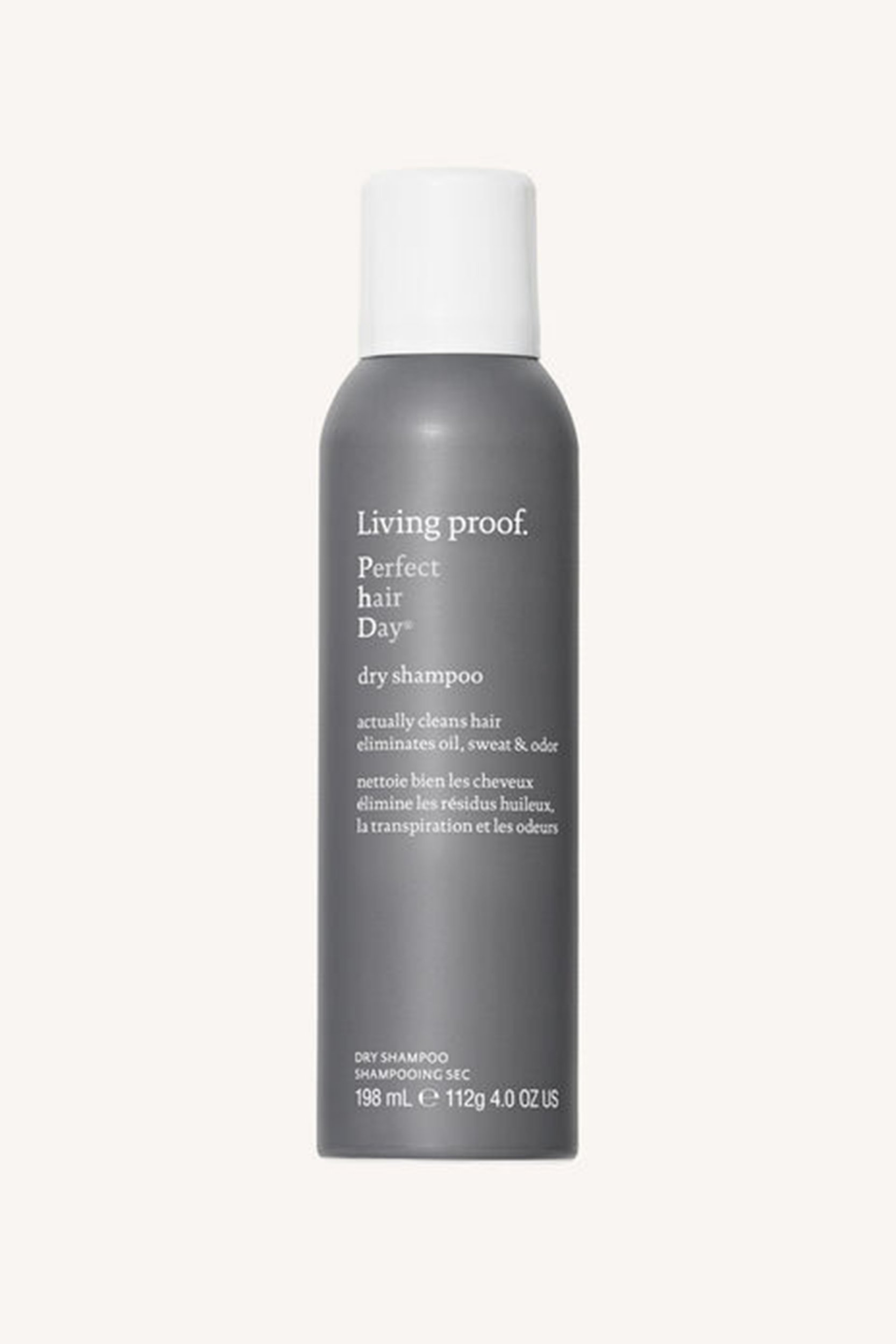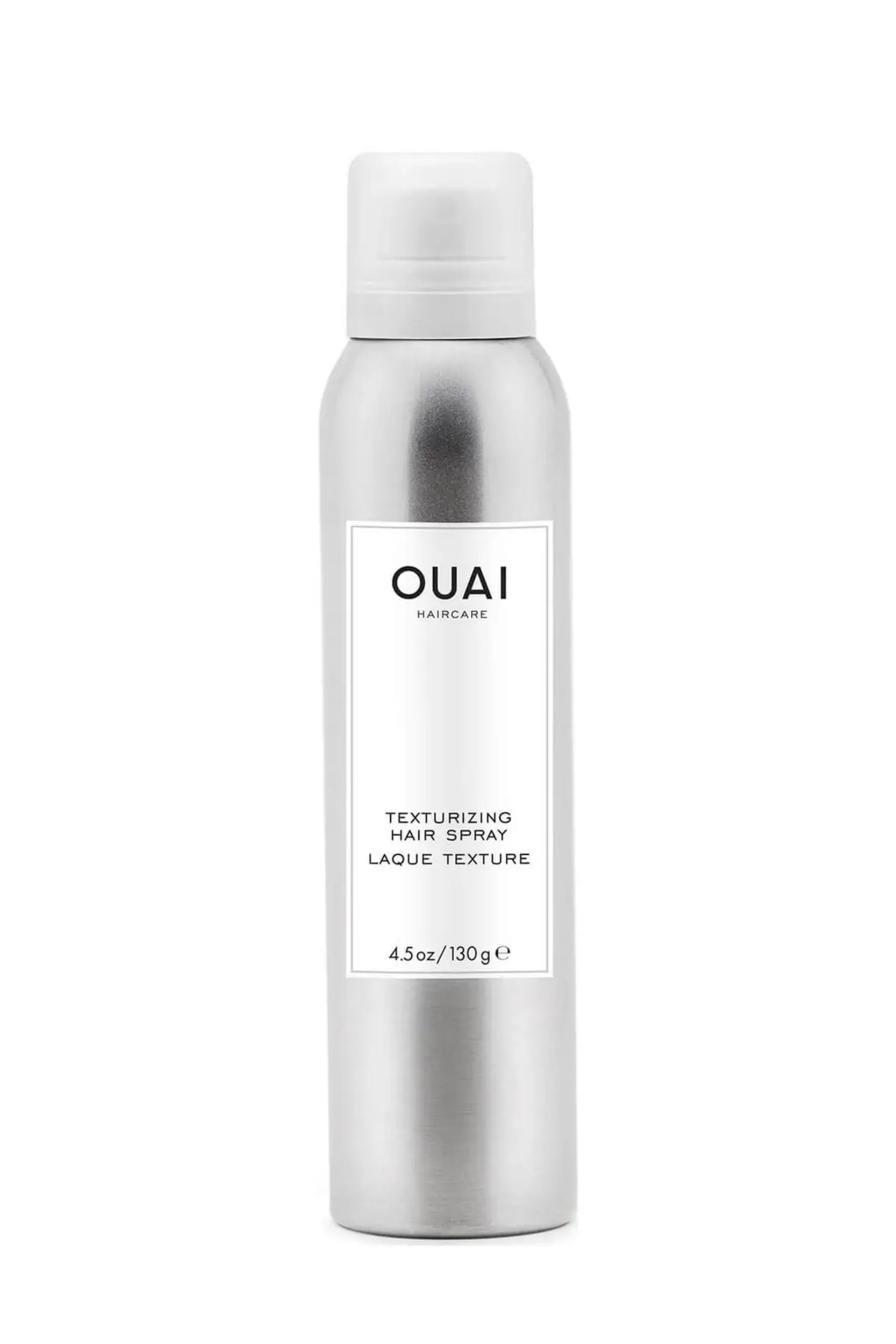I know three women who unfailingly give me hair envy every time I see them: Esther, Sophie and Lola.
Their hair is of different colour and lengths, but each have a single quality I have long coveted: the sense of being effortless, of not stealing thunder, of fading into the background.
You’ll know people with this hair, even if you think you don’t, which sort of proves the point because it’s the ultimate let-everything-else-do-the-talking ‘do.
Shiny, but not greasy. Highlighted, but not too much. Smooth, but definitely without any of the tell-tale signs of a straightener having been anywhere near it. It looks like there is zero product whatsoever in the ends, like the wearer has quite literally washed and gone out. It’s ‘nothing hair.’
Models love it. Emily Ratakowski is rarely seen with anything but. Ditto Barbara Palvin. Stella Maxwell, too.
Actresses who do it well include Margot Robbie; just look at her this January at the Chanel show in Paris to see perfect ‘nothing hair.’
And if you think I’m just referring to their off-duty look: nope. In fact, the more dressy and prestigious the event, the more glitzy the dress, the more eventful the makeup, increasingly the more likely you are to see hair which looks as it’s not been coiffed at all. It’s the perfect antidote to overt glam.
But why is this such a thing right now? I went to talk to some hairdresser friends about this.
Nicola Clarke, the very celebrated colourist whose clients include the Kates (Moss, Blanchett, Winslet), told me that the pandemic had shifted things in this direction:
“More women realised they didn’t need as much colour as they were having, hence chose softer hues to help them embrace their natural tones.”
She makes a good point; my lockdown hair became all about conditioning and leaving it to grow out, and colouring and heat-styling were a thing of the past, so it makes sense that, two years on, we’re all leaning more into a less laboured aesthetic.
A chat with colourist and educator Jack Howard also proved enlightening. He believes that the ‘90s revival is affecting hair too, telling me to go and look at some of the icons of the time’s hair to see the hidden highlights. He was right. Kate Moss in the 90s: a ‘nothing hair’ icon.
I have now done my homework, asked my three ‘nothing hair’ friends to tell me their secrets and tried a whole load of products to, amusingly, look like I have done and used nothing. Here’s everything you need to know.
What is ‘nothing hair’?
Here’s how I would (and have) described it to a hairdresser: “I want highlights as if I’ve been on holiday all summer but with no distinct line where they begin or end. Sort of like a child’s hair when they’ve been in the sun. Oh and with no obvious shape to it.”
And, as the finish is just as important as the cut and colour for perfect ‘nothing hair,’ I ask for this sort of blow dry: “the opposite of the Rachel bounce or Kate Middleton’s coiffed ends. Something which looks like I left it alone, but better.”
Fini.
What do I need to ask for at my hairdresser if I want ‘nothing hair’?
If the above seems like a bit of a mouthful and baffles your hairdresser, Olly Ay, Senior Stylist at HARI’s has some helpful advice: ask for something “that’s minimal and can be self-styled.”
That way, whatever your hair type, you’ll achieve a sense of it looking easy.
How do I achieve ‘nothing hair’?
Once you’ve got the right cut and colour in place, there are two hard and fast rules to stick to: don’t brush it too often (even when wet, as you want to encourage your own texture to set in) and avoid blow drying as much as possible.
After extensive chats with the trio of friends I mentioned earlier, I have learned that this is very much about leaning into your own hair’s proclivities.
Sophie explains: “I’ll twist it so the bits around my face curl in the direction I want them to and I’ll scrunch near the roots to dry in the position I hope for.”
Esther adds: “often it’s just good luck, but things that help are: 1) not rubbing hair too much when washing, 2) when hair is wet, combing through very gently with fingers or wide comb, NEVER a brush.”
Lola (who went the extra mile and sent me a video of her process of winding her wet hair into a twist to dry while on a boat on holiday) finishes: “I try to take a lot of care and use conditioner; I don’t want my hair to be remotely dry or squeaky. I leave it in a bun and then take it out and don’t brush it.”
Which products do I need to get my hands on?
The main thing is to keep hair clean and healthy, with some sneaky extras to enhance. These do the job:
Dove Daily Moisture Shampoo, £2.99
You need a gently hydrating shampoo for soft, healthy-looking hair. This one is reliable and gives very good shine.
Michael Van Clarke LifeSaver Pre-wash Treatment, £29.50
Apply this to dry hair before washing and leave the cashmere proteins to repair and recondition. I like to put this on in the morning and leave it until the evening to wash my hair for max results.
John Frieda Frizz Ease All-in-1 Lightweight Serum, £7.99
There’s a Frizz Ease product for all hair textures, and each one of them reduce static and soften for perfect smoothness without overload.
Living Proof Perfect Hair Day Dry Shampoo, £17
For a zero residue refresh of hair when it looks a bit greasy (a big ‘nothing hair’ no no), this dry shampoo is the best of the best. Also, it smells delightful.
Ouai Texturizing Hair Spray, £24
To give ‘nothing hair’ a little boost, texturising spray works perfectly. This one adds a bed-head energy, quickly.
Does ‘nothing hair’ take more effort and energy that it looks? Sure. But the results are undoubtedly worth it.
Read more about this year’s best Autumn hair trends here.

